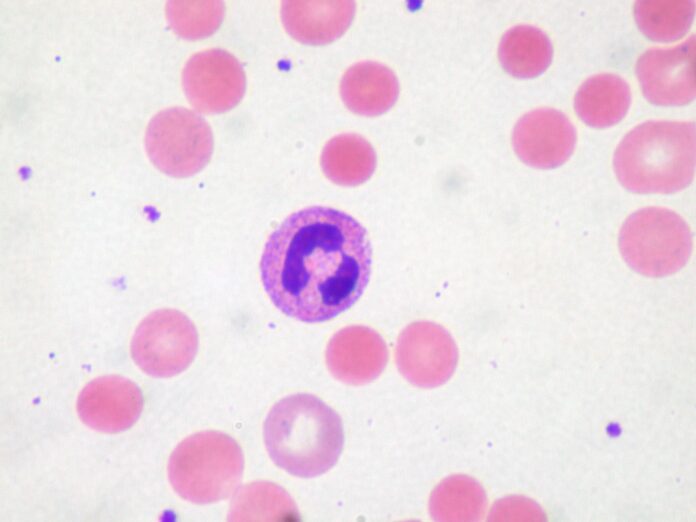
Understanding Chronic Anemia: Causes, Symptoms, and Treatment Options
Anemia is a condition that occurs when the body doesn’t have enough red blood cells or hemoglobin, leading to a lack of oxygen being transported to the body’s tissues. Chronic anemia refers to anemia that persists over a long period of time and can have a significant impact on a person’s health and quality of life. In this article, we will explore the causes, symptoms, and treatment options for chronic anemia.
Causes of Chronic Anemia
Chronic anemia can be caused by a variety of factors, including:
– Nutritional deficiencies: The most common cause of chronic anemia is a deficiency in iron, vitamin B12, or folic acid. These nutrients are essential for the production of red blood cells, and a lack of them can lead to chronic anemia.
– Chronic diseases: Certain chronic diseases such as kidney disease, cancer, and inflammatory bowel disease can cause chronic anemia by disrupting the body’s ability to produce or maintain healthy red blood cells.
– Bone marrow disorders: Disorders such as leukemia, myelodysplastic syndromes, and aplastic anemia can affect the body’s ability to produce red blood cells, leading to chronic anemia.
– Genetic disorders: Inherited conditions such as sickle cell anemia and thalassemia can cause chronic anemia by affecting the structure and function of red blood cells.
– Chronic infections: Infections such as HIV/AIDS, tuberculosis, and malaria can lead to chronic anemia by causing the destruction of red blood cells or disrupting the body’s ability to produce new ones.
Symptoms of Chronic Anemia
The symptoms of chronic anemia can vary depending on the underlying cause and the severity of the condition. Common symptoms of chronic anemia include:
– Fatigue and weakness: Anemia can cause a lack of energy and stamina, making it difficult to perform everyday tasks.
– Paleness: Anemia can cause the skin to become pale or yellowish in color due to the lack of healthy red blood cells.
– Shortness of breath: Anemia can lead to a lack of oxygen being transported to the body’s tissues, resulting in shortness of breath during physical activity or even at rest.
– Dizziness and lightheadedness: Anemia can cause a lack of oxygen to the brain, leading to feelings of dizziness and lightheadedness.
– Irregular heartbeat: Anemia can cause the heart to work harder to compensate for the lack of oxygen, leading to an irregular heartbeat or palpitations.
– Chest pain: Severe chronic anemia can cause chest pain, especially during physical exertion.
Treatment Options for Chronic Anemia
The treatment of chronic anemia depends on the underlying cause and the severity of the condition. Common treatment options for chronic anemia include:
– Iron supplementation: If the anemia is caused by iron deficiency, oral iron supplements or intravenous iron infusions may be prescribed to replenish the body’s iron stores and promote the production of new red blood cells.
– Vitamin supplementation: If the anemia is caused by a deficiency in vitamin B12 or folic acid, oral supplements or injections may be prescribed to correct the deficiency and improve red blood cell production.
– Blood transfusions: In cases of severe chronic anemia, especially in the presence of ongoing bleeding or bone marrow disorders, blood transfusions may be necessary to quickly replenish the body’s red blood cell count.
– Medications: In some cases, medications such as erythropoietin-stimulating agents or corticosteroids may be prescribed to stimulate the production of red blood cells or to treat underlying conditions that are causing chronic anemia.
– Bone marrow transplant: In cases of severe chronic anemia caused by bone marrow disorders, a bone marrow transplant may be necessary to replace the damaged bone marrow with healthy donor cells.
– Lifestyle changes: In addition to medical treatments, making lifestyle changes such as adopting a healthy diet, avoiding alcohol and tobacco, and getting regular exercise can help improve the symptoms of chronic anemia.
In conclusion, chronic anemia is a serious condition that can have a significant impact on a person’s health and quality of life. Understanding the causes, symptoms, and treatment options for chronic anemia is essential for effectively managing the condition and improving overall well-being. If you or someone you know is experiencing symptoms of chronic anemia, it is important to seek medical attention for a proper diagnosis and appropriate treatment. With the right care and management, chronic anemia can be effectively controlled, allowing individuals to live a healthy and fulfilling life.

















